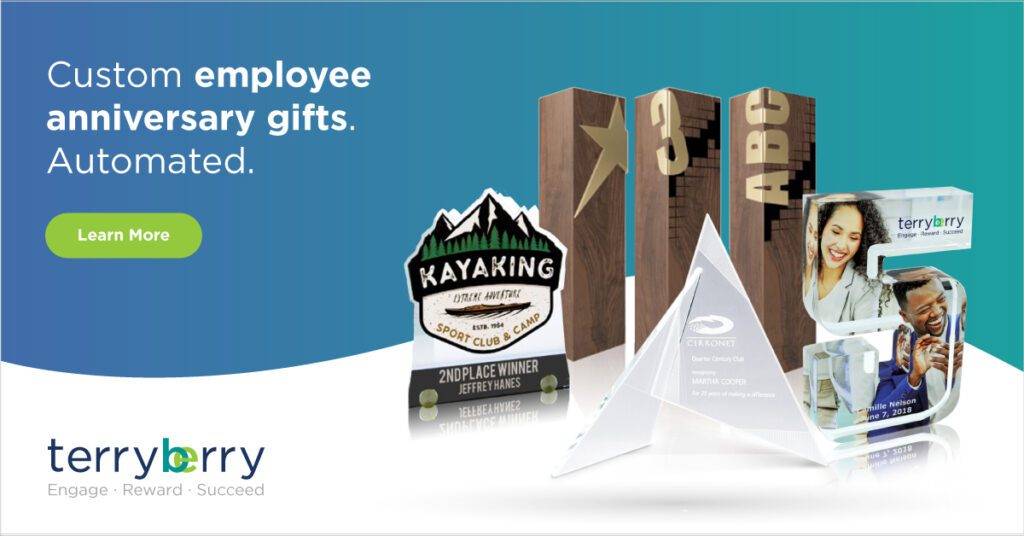

Does developing your leadership team feel like herding a clutter of cats? You're not alone. Leadership team development can be downright daunting, especially when you don't have goals, strategies, and know-how.
Imagine a well-oiled machine, where each part works seamlessly together—this is what a strong leadership team can achieve. They steer the ship, inspire the crew, hold down the fort, and navigate stormy seas with precision. And you can build this within your own organization.
We'll show you how.
Below, we'll walk you through the nuts and bolts of leadership team development. We'll explore what it is, why it matters, and practical strategies to make your executive team a cohesive unit.
What Is Leadership Team Development?
Leadership team development is all about building and nurturing a group of leaders who can drive your organization forward. They don't need to be like-minded individuals, but they do need to be united in purpose and mission.
It’s like assembling an all-star team where each player knows their strengths, works well with others, and is ready to tackle challenges head-on. That's what makes a great executive team.
However, this doesn't come naturally with most teams—it's something you'll need to train and nurture. You accomplish this through things like executive coaching, team-building activities, and improved conflict resolution.
It's an investment—no doubt about it. But it's one with extremely high ROI.
Benefits of a Strong Leadership Team
Your executive team is one of the most pivotal parts of your entire business. They are the visionaries, the strategists, and the motivators who guide the entire workforce toward success.
Whether you look at your leadership with the traditional pyramid structure or a servant leadership lens, your executive team matters.
Better leadership team development leads to better business outcomes:
- Increased Productivity: Teams with strong leadership are 13% more productive (on average). Well-developed leaders can better manage resources, set clear goals, and motivate teams.
- Higher Profitability: Companies with engaged leadership teams have 21% higher profitability.
- Improved Decision-Making: Diverse and well-trained leadership teams make better decisions 87% of the time compared to individual decision-makers.
- Stronger Business Culture: Organizations with a strong culture see up to a 30% increase in employee retention and a 50% reduction in employee turnover.
- Better Financial Performance: Companies with effective leadership development programs see 2.3x higher cash flow per employee over a three-year period.
Strategies for Developing a Strong Leadership Team
Developing a strong leadership team requires a strategic approach. This isn't the time to throw tactics at the wall and see what sticks—you need a plan. Here are a few strategies to build your executive team.
1. Team-Building Activities
Team-building activities might sound like your run-of-the-mill tactics, but they're popular for a reason. That's because they work. These activities can range from outdoor adventures to structured workshops designed to improve communication and problem-solving skills.
- Retreats: Organize off-site retreats where team members can bond in a relaxed environment. Activities like hiking, team challenges, and social events can help build stronger relationships.
- Workshops: Conduct workshops focused on team dynamics, leadership skills, and conflict resolution. These sessions can provide valuable insights and practical tools for effective teamwork.
- Collaborative Projects: Assign team projects that require collaboration across different departments or functions. This helps break down silos and fosters a culture of teamwork.

2. Mentorship and Coaching
All of your leadership team members will be on different levels and stages in their career. Employee development programs pair less experienced leaders with seasoned mentors. This helps with knowledge transfer and personal growth.
- Knowledge Sharing: Mentors can share their experiences, insights, and best practices to help new leaders navigate challenges and develop their leadership skills.
- Personal Growth: Coaching provides personalized guidance to help leaders identify their strengths and areas for improvement. This can boost their confidence and effectiveness.
3. Leadership Training Programs
Leaders need to keep learning, too. Invest in comprehensive leadership training programs that provide structured learning opportunities.
These programs can cover various aspects of leadership, including strategic thinking, emotional intelligence, and change management.
- Structured Learning: Formal training programs offer a systematic approach to developing leadership skills to guarantee all team members receive consistent and high-quality training.
- Skill Improvement: These programs help leaders acquire new skills and stay updated with the latest industry trends and best practices.

4. Better Meeting Training
Meetings are one of the hallmarks of collaborations with a leadership team (especially if they're remotely distributed). So, if your meetings aren't going well, neither will your collaboration.
Fortunately, this is something that can be developed.
- Set Clear Agendas: Define the purpose and objectives of each meeting. Share the agenda in advance so participants can prepare.
- Keep Meetings Brief: Respect everyone's time by keeping meetings concise and to the point. Focus on decision-making and action items.
- Encourage Participation: Create an inclusive environment where all team members feel comfortable sharing their ideas and opinions.
5. Conflict Resolution Training
Conflict can be the cancer that destroys even the most talented of teams. Naturally, you'll have disagreements from time to time, but that's not the issue—it's how you resolve the conflict.
- Open Communication: Encourage open and honest communication. Create an environment where team members feel safe expressing their concerns and viewpoints.
- Active Listening: Practice active listening to understand all perspectives. This helps in identifying the root cause of the conflict and finding a mutually acceptable solution.
- Focus on Interests, Not Positions: Instead of focusing on individual positions, identify the underlying interests and needs of each party. This approach helps find solutions that satisfy everyone’s interests.
- Seek Common Ground: Look for areas of agreement and build on them. Finding common ground can bridge differences and facilitate a collaborative resolution.
- Use a Mediator: When conflicts are particularly challenging, bring in a neutral third party to mediate. A mediator can help facilitate discussions and guide the team toward a resolution.

Drive Data-Backed Engagement with Terryberry
Leadership team development requires investment, and that means you'll want to measure the results to justify the expense.
That's where data-backed engagement comes into play.
Surveys and 360 feedback programs uncover valuable insights into how well your leadership team development strategies are working and identify areas for improvement.
That's where we can help.
Contact us today to learn more about our comprehensive solutions and how we can help you create a thriving leadership team.


